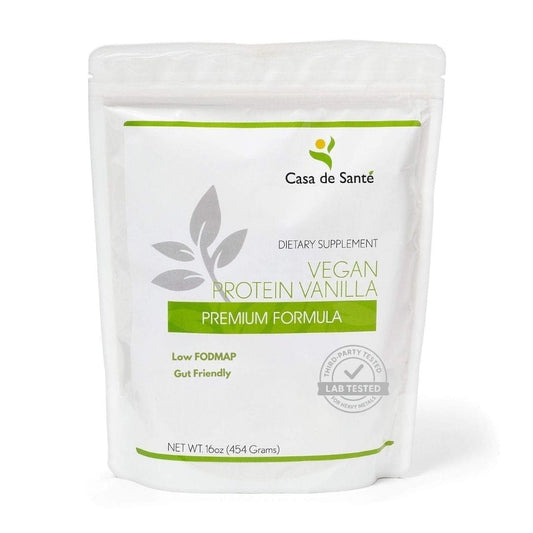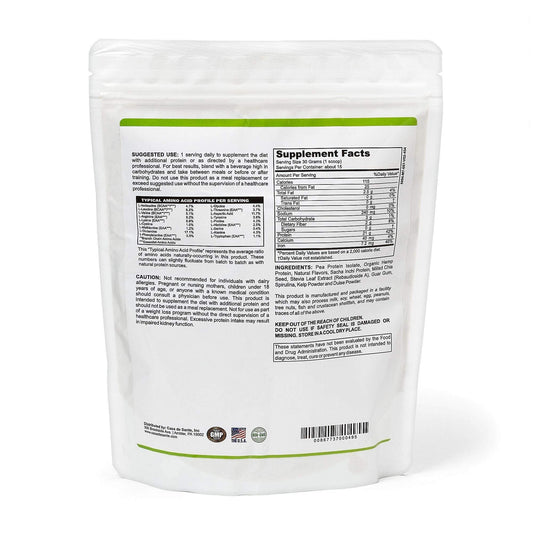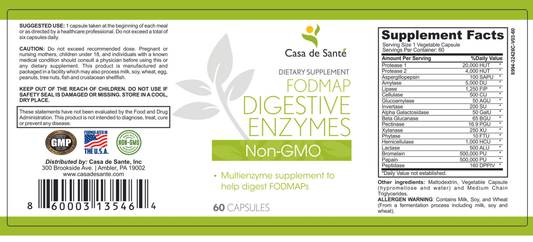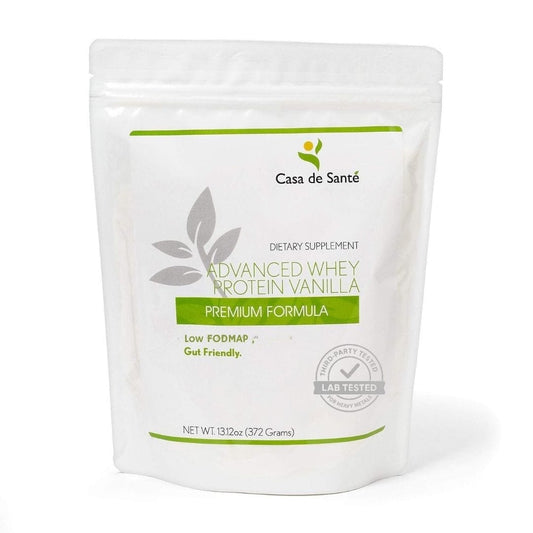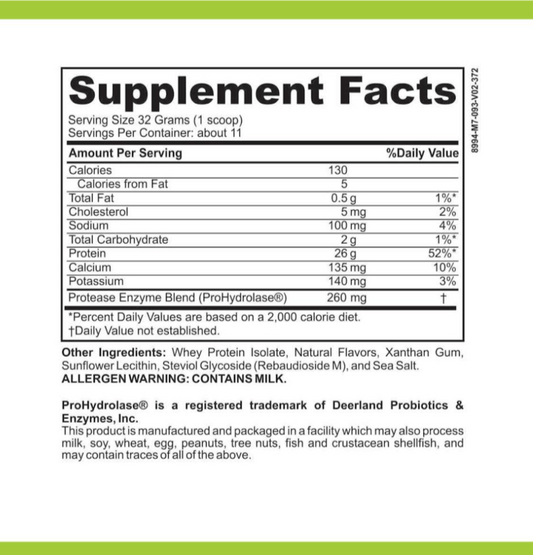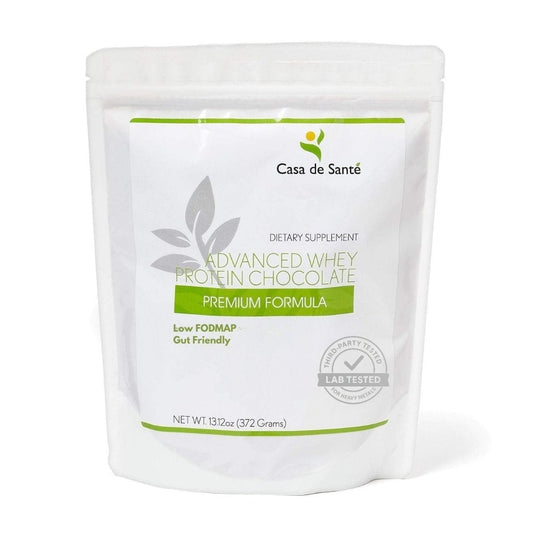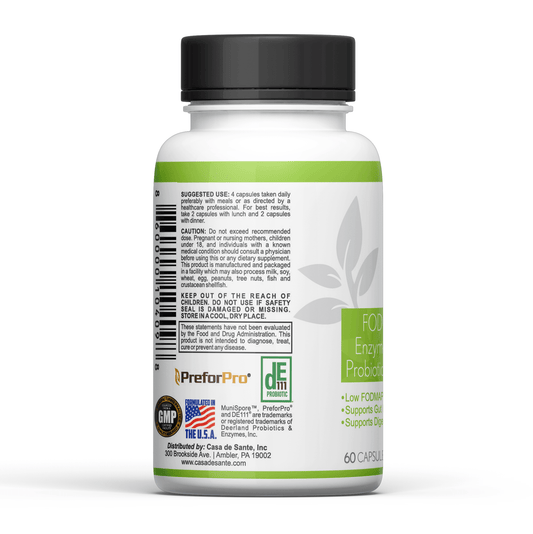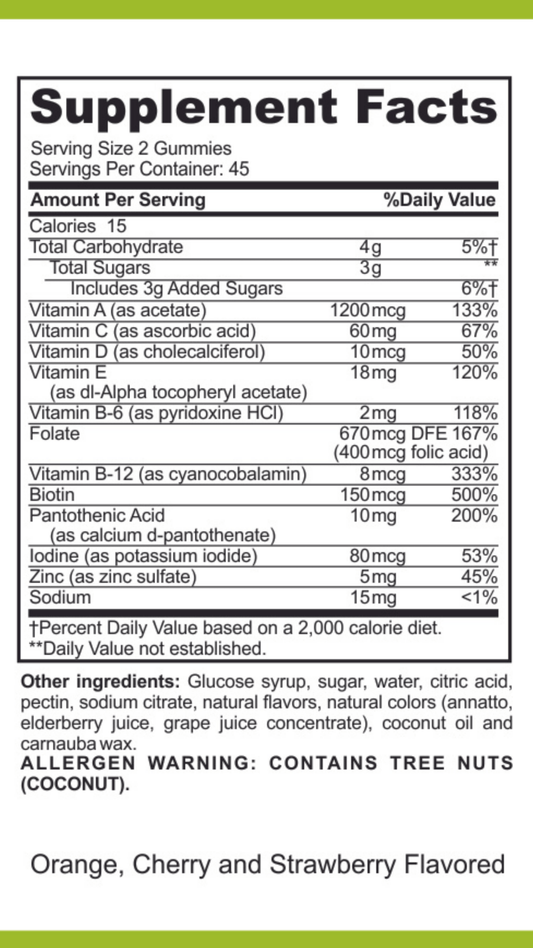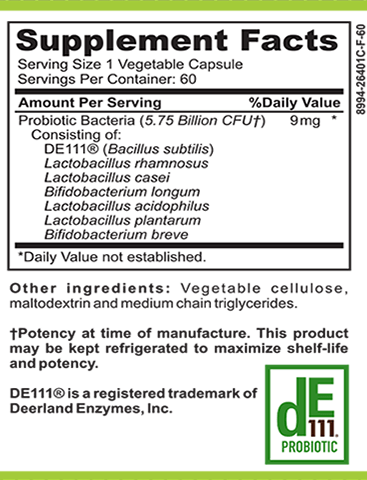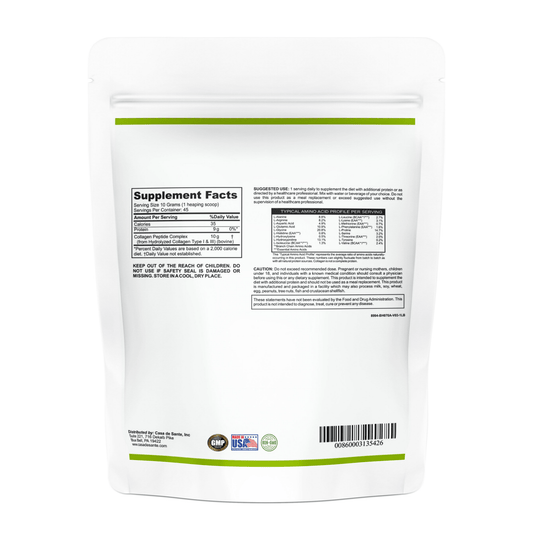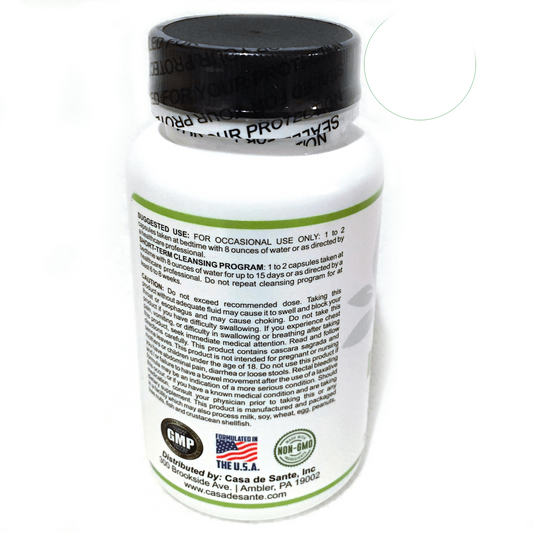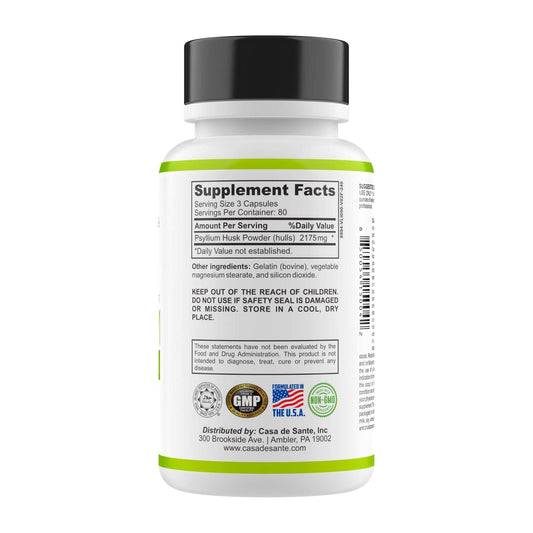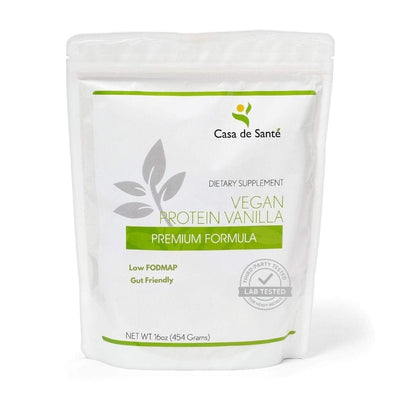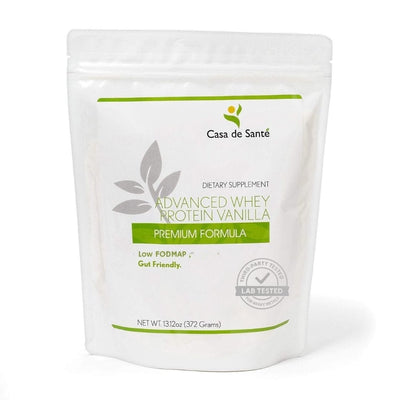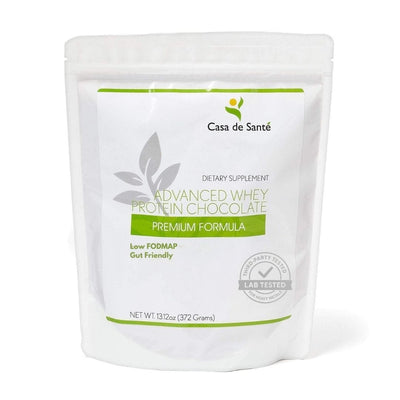GI-MAP By Diagnostic Solutions vs Wheat Zoomer + Gut Commensals By Vibrant Wellness
GI-MAP By Diagnostic Solutions vs Wheat Zoomer + Gut Commensals By Vibrant Wellness
In the realm of gut health testing, there are several options available to individuals who want to gain insight into their overall gut health and the presence of specific gut commensals or markers. Two popular tests in this field are the GI-MAP by Diagnostic Solutions and the Wheat Zoomer + Gut Commensals by Vibrant Wellness. Understanding the differences and similarities between these tests can help individuals make informed decisions about their gut health journey.
Understanding the Basics: GI-MAP and Wheat Zoomer + Gut Commensals
What is GI-MAP By Diagnostic Solutions?
The GI-MAP test, offered by Diagnostic Solutions, is designed to provide comprehensive analysis of the gut microbiome and other gastrointestinal markers. This test utilizes advanced DNA technology to detect a wide range of pathogens, parasites, bacteria, fungi, and viruses that may be present in the gut.
One of the key benefits of the GI-MAP test is its ability to provide detailed information about the gut microbiota and their potential impact on overall health. This can be especially helpful for individuals experiencing gastrointestinal symptoms or those looking to optimize their gut health.
When it comes to assessing gut health, the GI-MAP test goes beyond simply identifying pathogens and parasites. It also analyzes the presence of beneficial bacteria, such as Lactobacillus and Bifidobacterium, which play a crucial role in maintaining a healthy gut environment. These beneficial bacteria help in digestion, nutrient absorption, and even support the immune system.
Furthermore, the GI-MAP test can detect the presence of harmful bacteria, such as Clostridium difficile and Escherichia coli, which can cause various gastrointestinal disorders and infections. By identifying these pathogens, the test allows healthcare professionals to develop targeted treatment plans and interventions to restore gut health.
What is Wheat Zoomer + Gut Commensals By Vibrant Wellness?
On the other hand, the Wheat Zoomer + Gut Commensals test offered by Vibrant Wellness focuses specifically on assessing the body's immune response to wheat components and identifying the presence of certain gut commensals. This test aims to uncover any potential gluten-related disorders or sensitivities and assess the overall gut health status.
Gluten, a protein found in wheat and other grains, has been linked to various health issues, including celiac disease and non-celiac gluten sensitivity. The Wheat Zoomer + Gut Commensals test analyzes the immune response to different components of wheat, helping to identify specific markers associated with gluten-related disorders.
In addition to assessing the immune response to wheat, this test also examines the presence of gut commensals. Gut commensals are microorganisms that naturally reside in the gut and play a vital role in maintaining gut health. Imbalances in gut commensals have been linked to various digestive disorders, autoimmune conditions, and even mental health issues.
By evaluating both the immune response to wheat and the status of gut commensals, the Wheat Zoomer + Gut Commensals test provides a comprehensive picture of an individual's gut health. This information can guide healthcare professionals in developing personalized treatment plans, dietary recommendations, and lifestyle modifications to support gut healing and overall well-being.
Detailed Comparison Between GI-MAP and Wheat Zoomer + Gut Commensals
Test Methodologies: GI-MAP vs Wheat Zoomer + Gut Commensals
When it comes to the test methodologies, the GI-MAP and Wheat Zoomer + Gut Commensals tests use different approaches to assess gut health and specific markers.
The GI-MAP test utilizes advanced DNA sequencing technology to identify and quantify various microorganisms present in the gut. This approach allows for a comprehensive analysis of the gut microbiome and can provide insights into potential imbalances or dysbiosis.
In contrast, the Wheat Zoomer + Gut Commensals test focuses on measuring specific markers related to wheat sensitivity and the presence of specific gut commensals. It uses an array-based technology to assess the immune response to various components of wheat and identify any potential imbalances in the gut commensal population.
Understanding the test methodologies is crucial in determining which test is most suitable for an individual's specific needs. The GI-MAP test offers a broader analysis of the gut microbiome, providing a comprehensive picture of the microbial landscape. On the other hand, the Wheat Zoomer + Gut Commensals test hones in on specific markers related to wheat sensitivity and gut commensals, making it a valuable tool for those concerned about gluten-related disorders or imbalances in the gut commensal population.
Accuracy and Reliability: A Comparative Analysis
Both the GI-MAP and Wheat Zoomer + Gut Commensals tests are known for their accuracy and reliability in detecting specific markers and assessing gut health status.
The GI-MAP test has been widely recognized for its high sensitivity in detecting various microorganisms, including pathogens, parasites, bacteria, fungi, and viruses. It provides detailed information about the relative abundance of different microorganisms, allowing for a comprehensive understanding of the gut microbiome.
Similarly, the Wheat Zoomer + Gut Commensals test has been developed using advanced technology and has demonstrated high accuracy in assessing the immune response to wheat components and identifying specific gut commensals. This test can provide valuable insights into potential wheat sensitivities and imbalances in the gut commensal population.
Having accurate and reliable test results is paramount in guiding appropriate treatment plans and interventions. Both the GI-MAP and Wheat Zoomer + Gut Commensals tests have proven their efficacy in providing precise information about gut health markers, enabling healthcare professionals to make informed decisions.
Cost Comparison: Which is More Economical?
When considering the cost of these tests, it is important to weigh the value provided by each test against the associated expenses.
The GI-MAP test, due to its comprehensive analysis of the gut microbiome and other gastrointestinal markers, may be relatively higher in cost compared to the Wheat Zoomer + Gut Commensals test. However, it is essential to consider the potential benefits that a detailed analysis of the gut microbiome can offer, especially for individuals with gastrointestinal symptoms or those looking to optimize their gut health.
On the other hand, the Wheat Zoomer + Gut Commensals test, with its focus on assessing wheat sensitivity and specific gut commensals, may offer a more cost-effective option for individuals specifically concerned about gluten-related disorders or gut commensal imbalances.
Ultimately, the cost of these tests should be evaluated in the context of an individual's specific needs and healthcare goals. While the GI-MAP test may involve a higher upfront cost, it provides a comprehensive analysis of the gut microbiome, which can be invaluable for individuals seeking a deeper understanding of their gut health. Conversely, the Wheat Zoomer + Gut Commensals test offers a targeted assessment of wheat sensitivity and gut commensals at a potentially lower cost, making it a suitable choice for those with specific concerns in these areas.
Pros and Cons of GI-MAP By Diagnostic Solutions
Advantages of Using GI-MAP
The GI-MAP test offers several advantages that make it a popular choice for individuals seeking to understand their gut health.
- Comprehensive analysis of the gut microbiome and other gastrointestinal markers
- High sensitivity in detecting various microorganisms, including pathogens, parasites, bacteria, fungi, and viruses
- Ability to provide detailed information about the relative abundance of different microorganisms
These advantages can help individuals identify potential imbalances or dysbiosis in their gut, leading to targeted interventions and improved gut health outcomes.
Potential Drawbacks of GI-MAP
Despite its advantages, the GI-MAP test also has a few potential drawbacks to consider.
- Relatively higher cost compared to some other gut health tests
- Requires specialized laboratory analysis, which may increase processing time
- Results may be influenced by recent antibiotic or probiotic use
Considering these drawbacks alongside the benefits can help individuals determine if the GI-MAP test aligns with their specific needs and preferences.
Pros and Cons of Wheat Zoomer + Gut Commensals By Vibrant Wellness
Benefits of Choosing Wheat Zoomer + Gut Commensals
The Wheat Zoomer + Gut Commensals test offers its own set of advantages that make it a valuable tool for assessing gut health and potential wheat sensitivity.
- Focused assessment of the immune response to wheat components
- Identification of specific gut commensals that may be associated with gut health imbalances
- Can provide insights into potential gluten-related disorders or sensitivities
These benefits make the Wheat Zoomer + Gut Commensals test particularly beneficial for individuals with specific concerns related to wheat consumption or gut commensal imbalances.
Limitations of Wheat Zoomer + Gut Commensals
Despite its advantages, the Wheat Zoomer + Gut Commensals test also has some potential limitations.
- Focuses primarily on wheat-related markers and gut commensals, limiting the overall analysis of the gut microbiome
- May not provide comprehensive insights into other gastrointestinal markers
- Results may need to be interpreted in conjunction with clinical history and other diagnostic tests for a complete understanding of gut health status
Considering these limitations alongside the benefits can help individuals determine if the Wheat Zoomer + Gut Commensals test aligns with their specific needs and concerns.
Case Studies and User Experiences
Real-Life Experiences with GI-MAP
Many individuals have found the GI-MAP test to be instrumental in understanding their gut health and guiding interventions.
One user, Sarah, had been experiencing persistent gastrointestinal symptoms and was feeling frustrated with the lack of answers from conventional testing. She decided to take the GI-MAP test, which revealed the presence of a specific pathogen in her gut. Armed with this knowledge, Sarah was able to work with her healthcare provider to develop a targeted treatment plan, leading to significant improvement in her symptoms.
User Testimonials for Wheat Zoomer + Gut Commensals
The Wheat Zoomer + Gut Commensals test has also garnered positive feedback from individuals who have used it to gain insights into their gut health and potential wheat sensitivities.
Emma had long suspected she had gluten sensitivity but was unable to find answers through traditional diagnostic tests. She decided to undergo the Wheat Zoomer + Gut Commensals test, which confirmed her suspicions. With this knowledge, Emma was able to adjust her diet and lifestyle to manage her gluten sensitivity and improve her overall gut health.
It is important to note that these case studies and user testimonials represent individual experiences and that results may vary. Consulting with a healthcare provider is recommended for proper interpretation and guidance based on test results.
Conclusion
When it comes to gut health testing, the GI-MAP By Diagnostic Solutions and Wheat Zoomer + Gut Commensals By Vibrant Wellness are two popular options. While the GI-MAP test offers a comprehensive analysis of the gut microbiome and gastrointestinal markers, the Wheat Zoomer + Gut Commensals test focuses on the immune response to wheat components and specific gut commensals.
Choosing between these tests depends on individual needs, concerns, and budget. Understanding the advantages, potential drawbacks, and real-life experiences can help individuals make informed decisions about which test aligns best with their gut health journey.
Ultimately, regardless of the chosen test, it is crucial to work with a healthcare provider to interpret the results and develop personalized interventions for optimal gut health and overall well-being.

